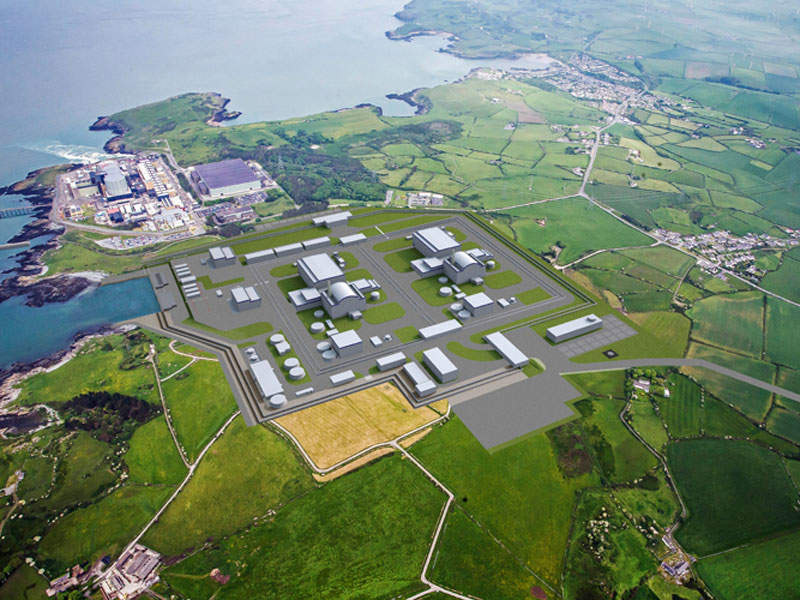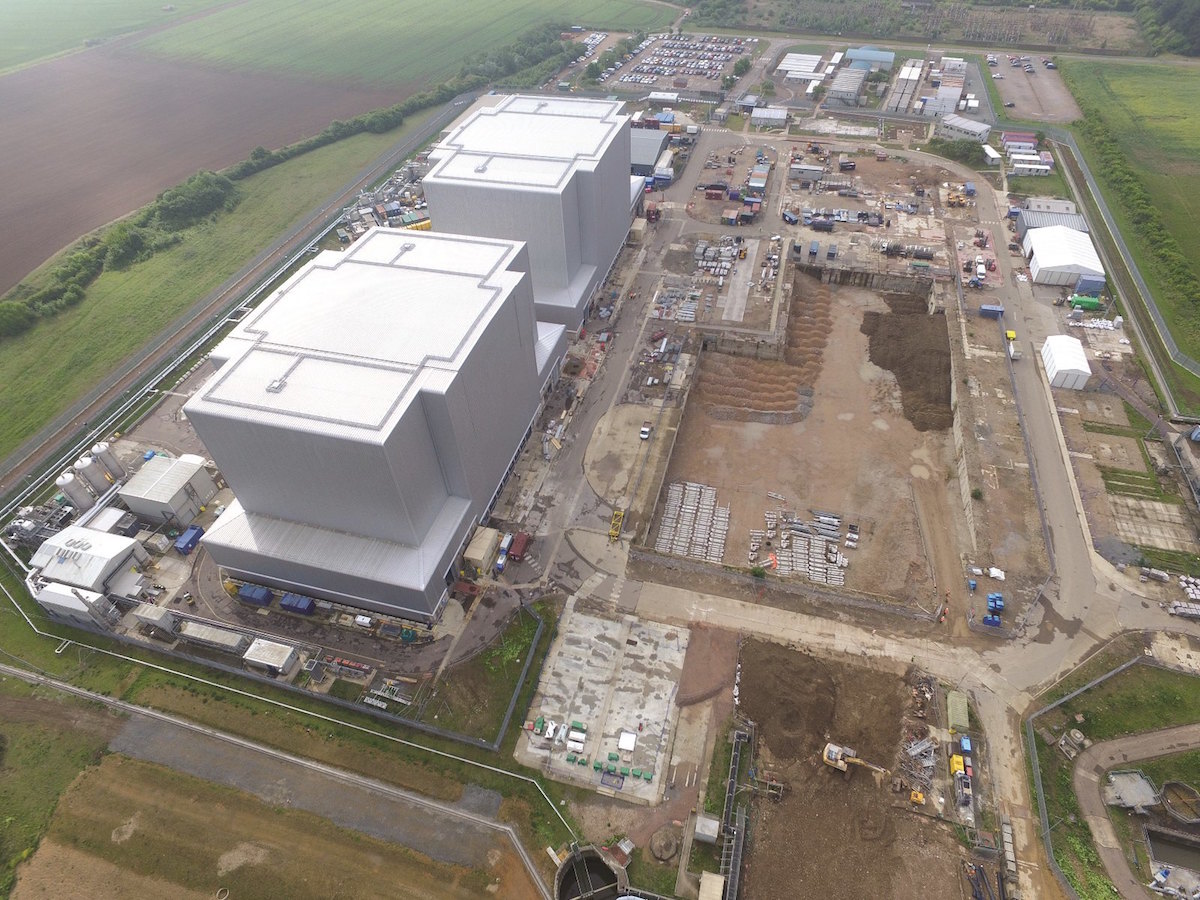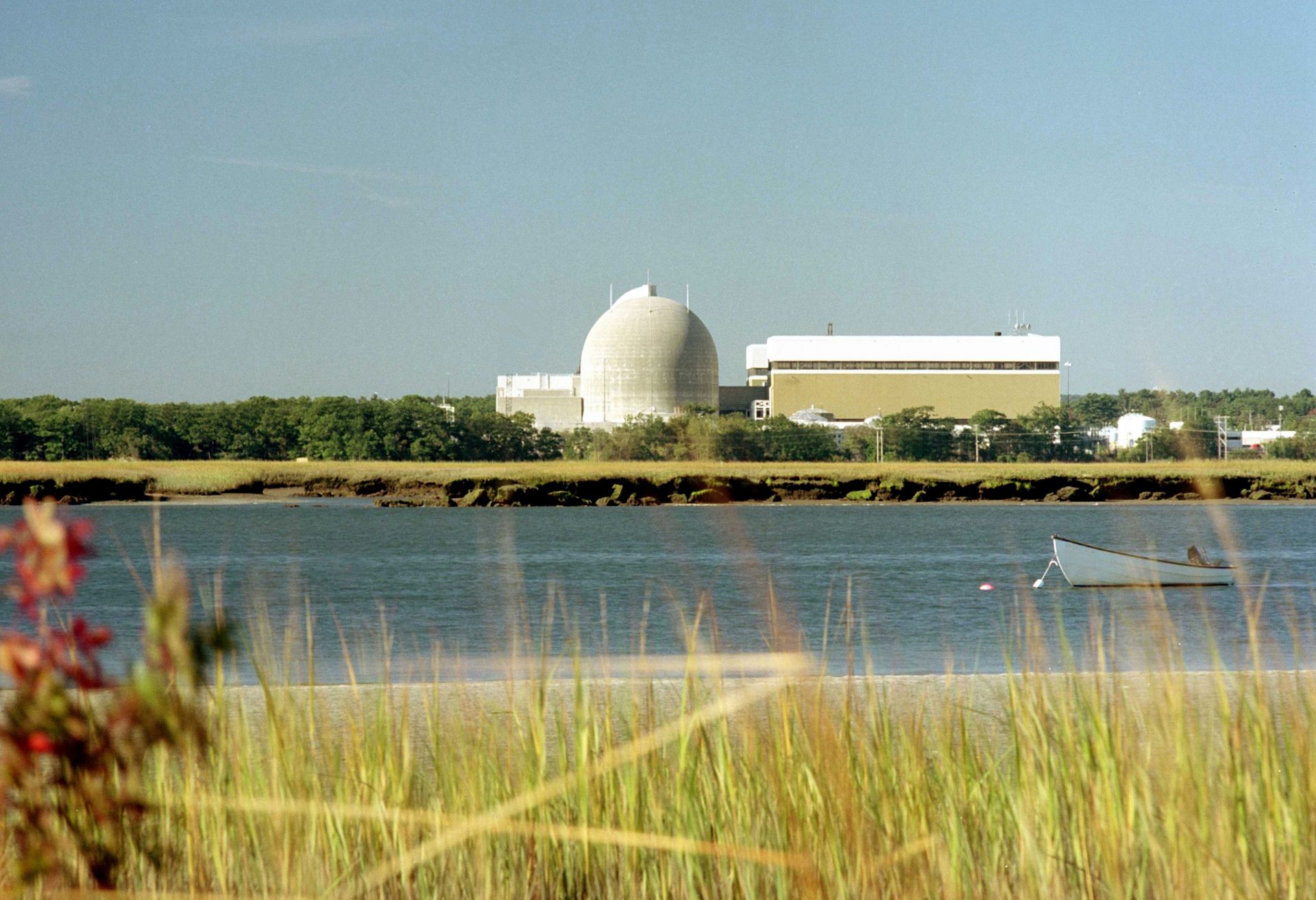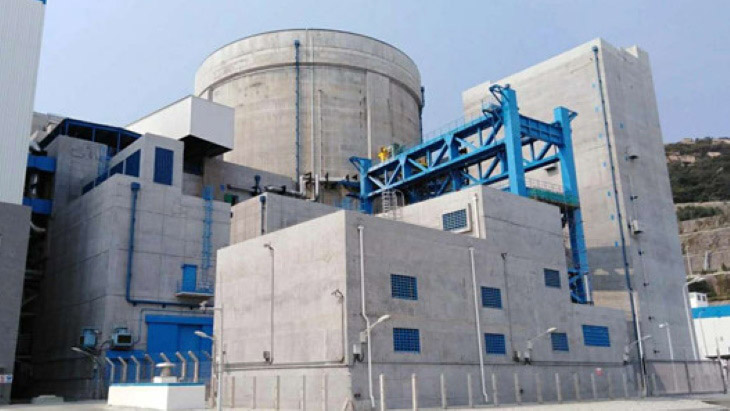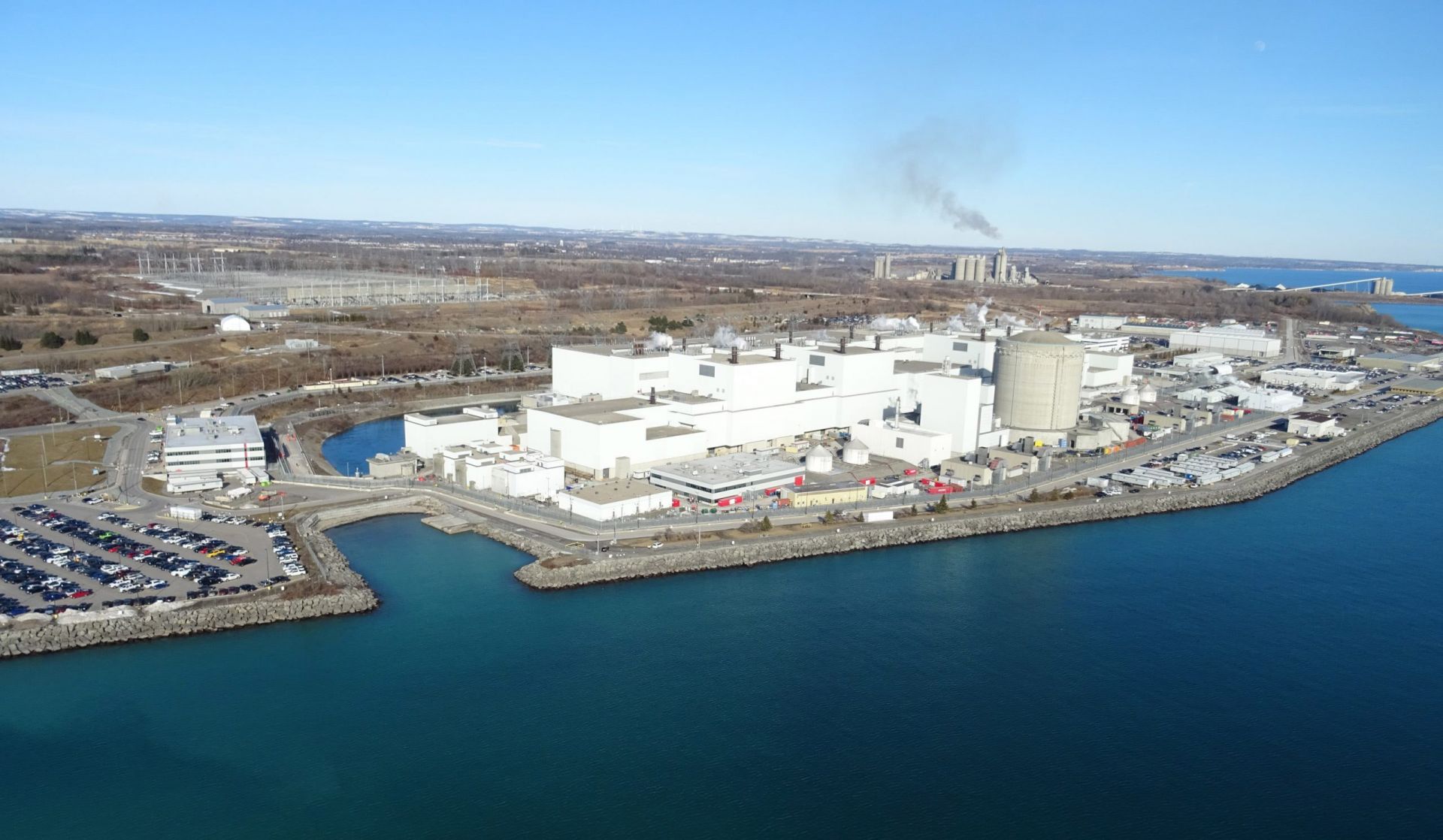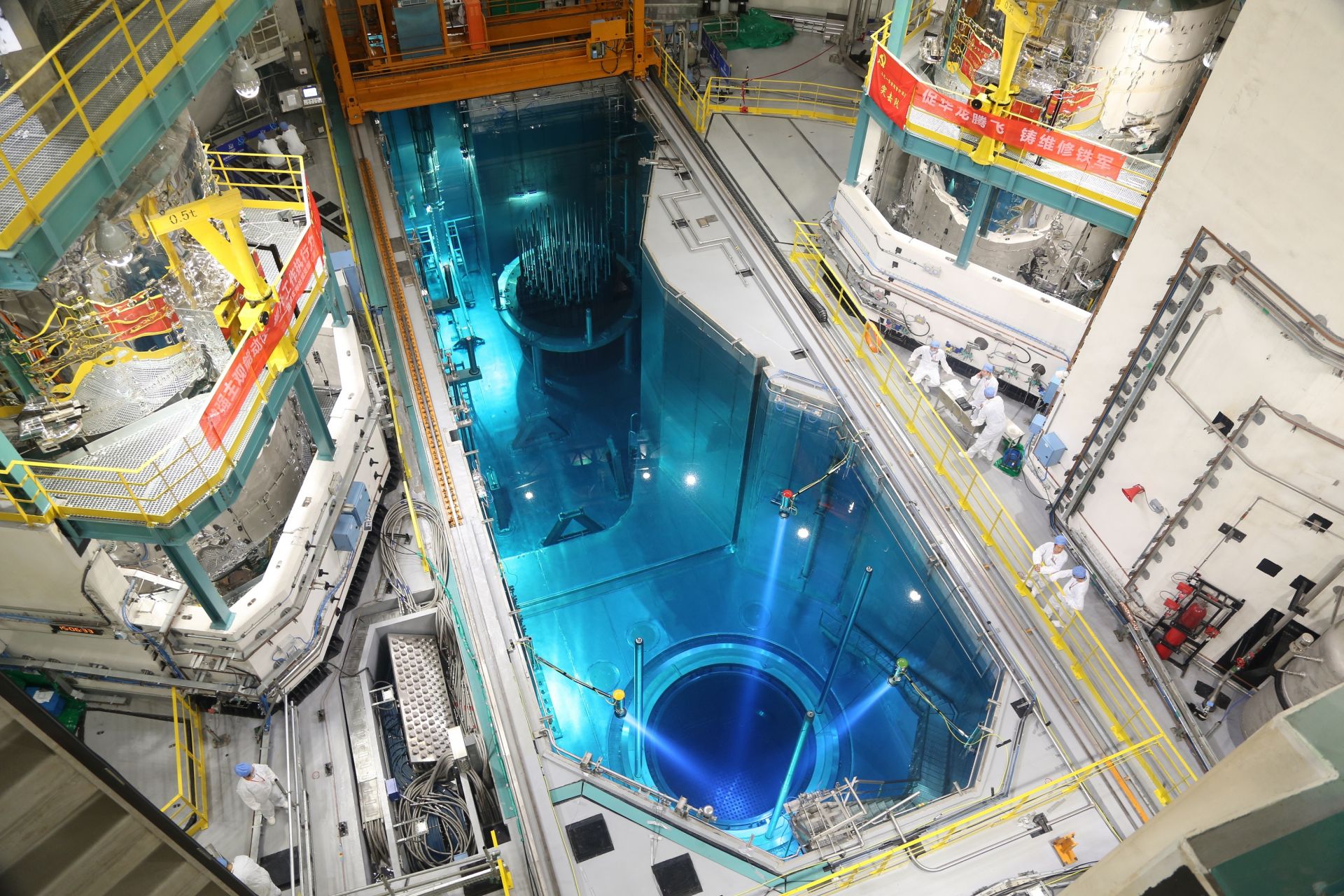IAEA kicks off annual meeting in Vienna
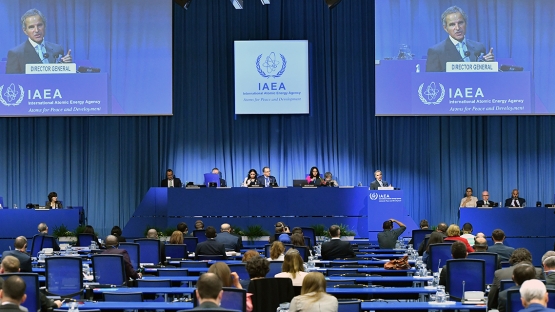
IAEA General Director Rafael Mariano Grossi speaks to socially distanced attendees at the agency’s 64th General Conference plenary session on September 21. Photo: D. Calma/IAEA
With special precautions in place due to the COVID-19 pandemic, the International Atomic Energy Agency commenced its week-long 64th General Conference yesterday with a plenary session that included remarks from Rafael Mariano Grossi, the agency’s director general.
“The latest IAEA annual projections show that nuclear power will continue to play a key role in the world’s low-carbon energy mix, with global nuclear electrical capacity seen nearly doubling by 2050 in our high-case scenario,” Grossi said, referring to a recently released agency report. “Climate change mitigation remains a key potential driver for maintaining and expanding the use of nuclear power.”
The IAEA conference runs through September 25.



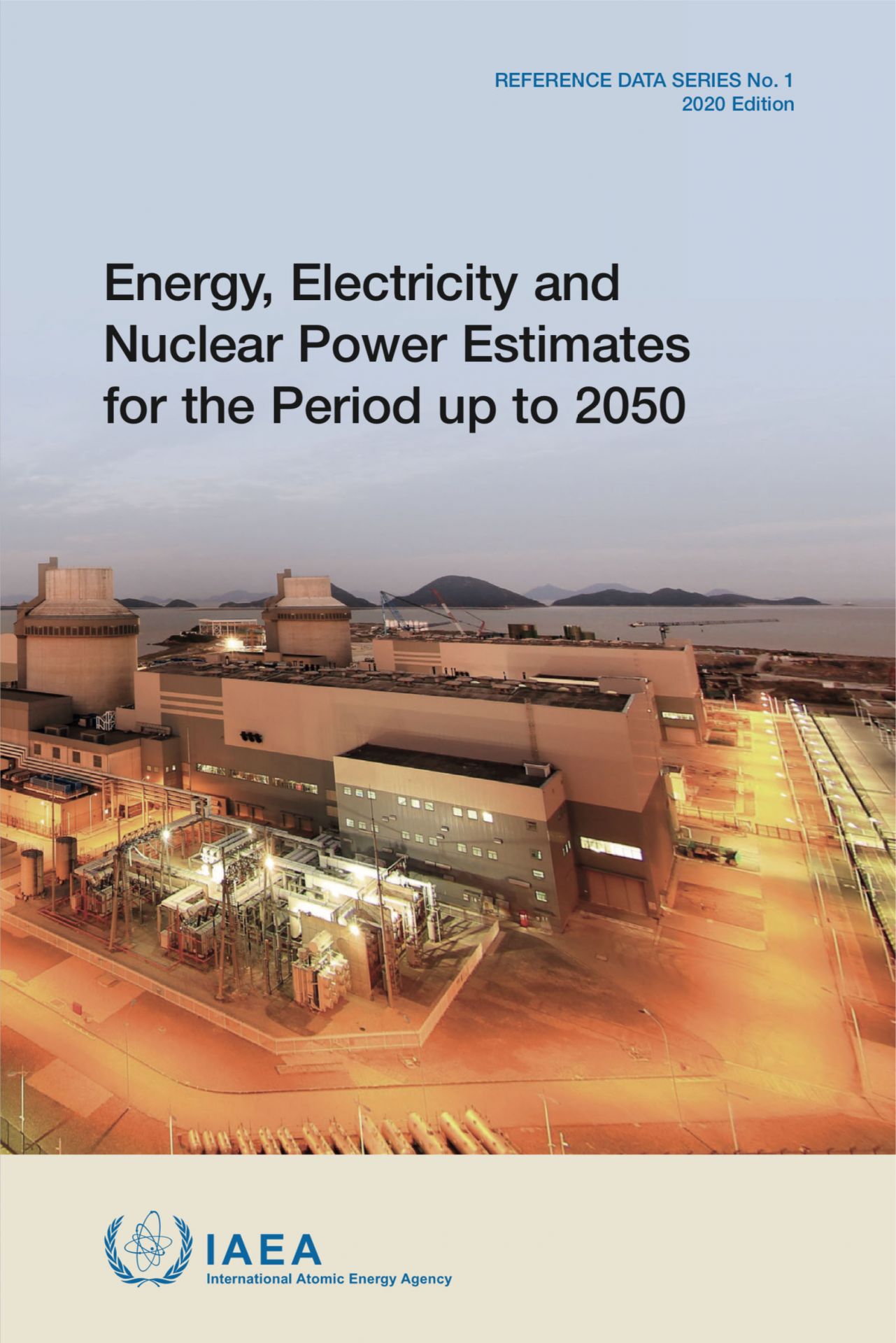 The International Atomic Energy Agency has just released its latest projections for energy, electricity, and nuclear power trends over the next 30 years. Compared with the previous year, the new projections are largely unchanged.
The International Atomic Energy Agency has just released its latest projections for energy, electricity, and nuclear power trends over the next 30 years. Compared with the previous year, the new projections are largely unchanged. The board of directors of the Energy Communities Alliance (ECA), an organization known more for its work in advancing the cleanup of Department of Energy sites, is launching a
The board of directors of the Energy Communities Alliance (ECA), an organization known more for its work in advancing the cleanup of Department of Energy sites, is launching a 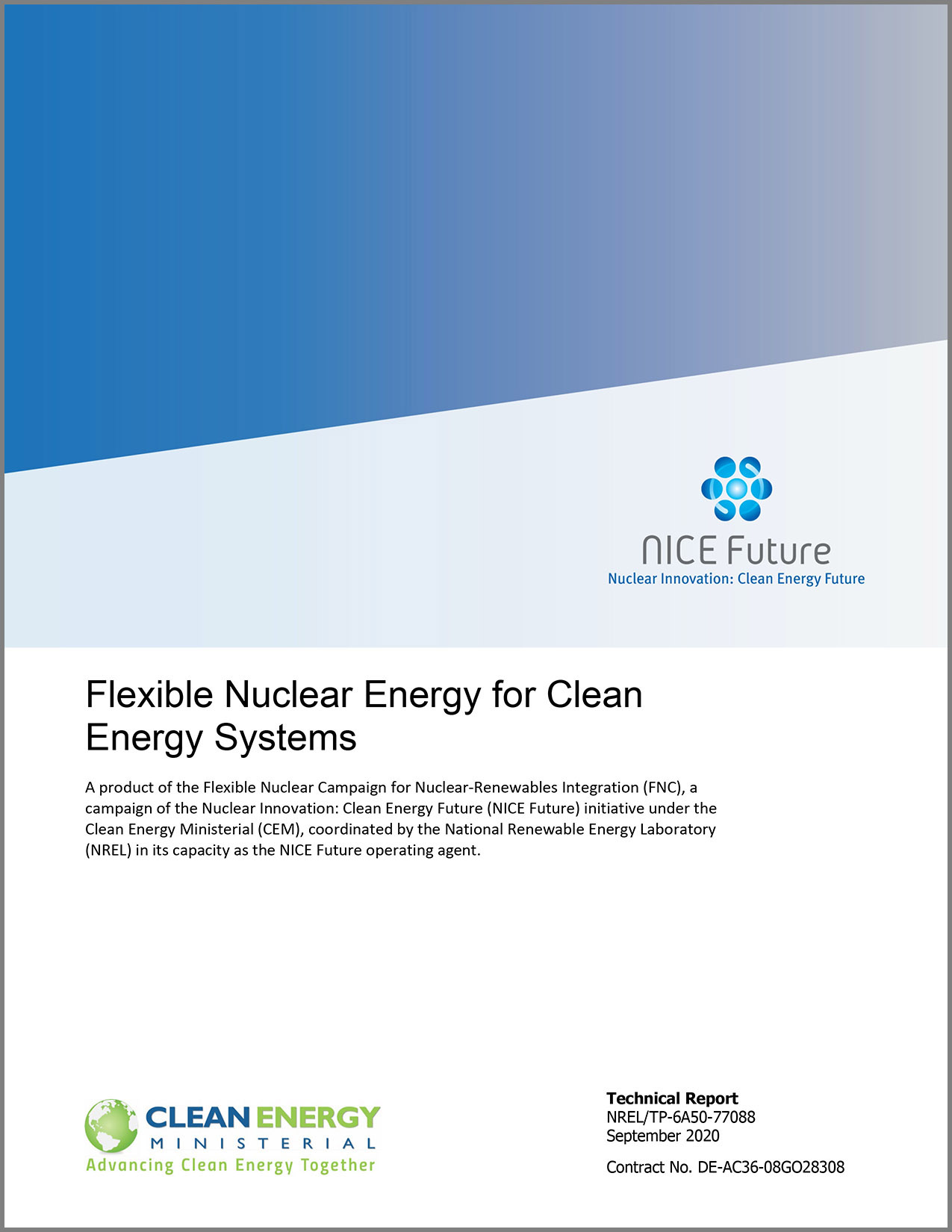 A report just released from the Clean Energy Ministerial’s (CEM) Nuclear Innovation: Clean Energy (NICE) Future initiative examines the potential roles that flexible nuclear energy generation can play in both current and future clean energy systems.
A report just released from the Clean Energy Ministerial’s (CEM) Nuclear Innovation: Clean Energy (NICE) Future initiative examines the potential roles that flexible nuclear energy generation can play in both current and future clean energy systems.